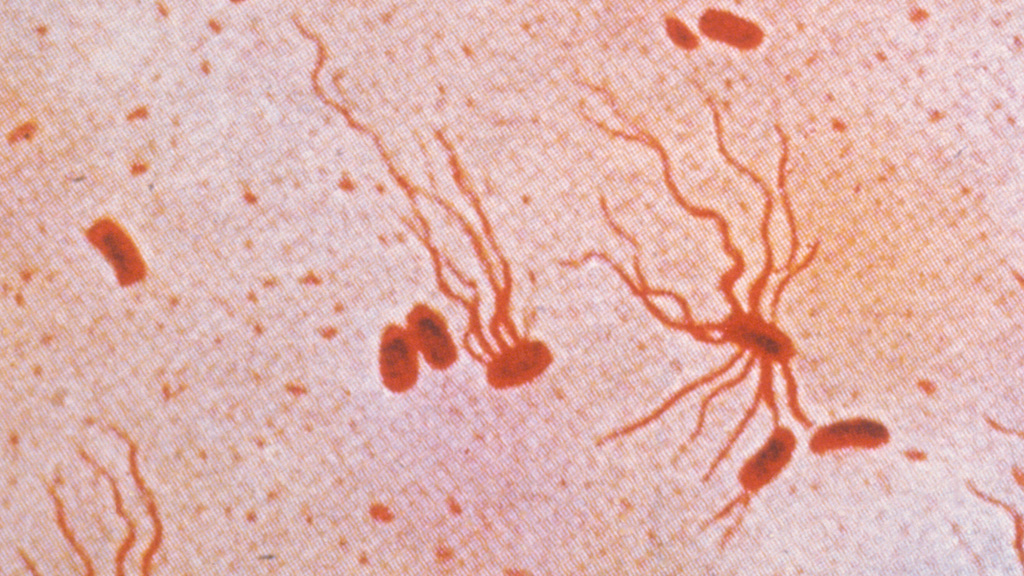Abstract
The immune response to a vaccine is influenced by the nature of the vaccine and the delivery method. In this interrupted case study, students traveling to a typhoid fever endemic area must decide which of two typhoid fever vaccine formulations would be most appropriate for them. One vaccine, which is given by injection, consists of a subunit of the bacterium that causes typhoid fever, Salmonella Typhi, whereas the other consists of live, attenuated bacteria taken by ingesting a pill. The students apply basic immunology concepts to understand how different vaccine formulations lead to different immune responses. Using this knowledge and information about the disadvantages of each vaccine type, students discuss which vaccine would be best for different populations. The case was designed for an upper level undergraduate microbiology course but could also be used as a unit in a basic biology course or courses for pre-medical or pre-nursing students to provide basic information on how vaccines work.



